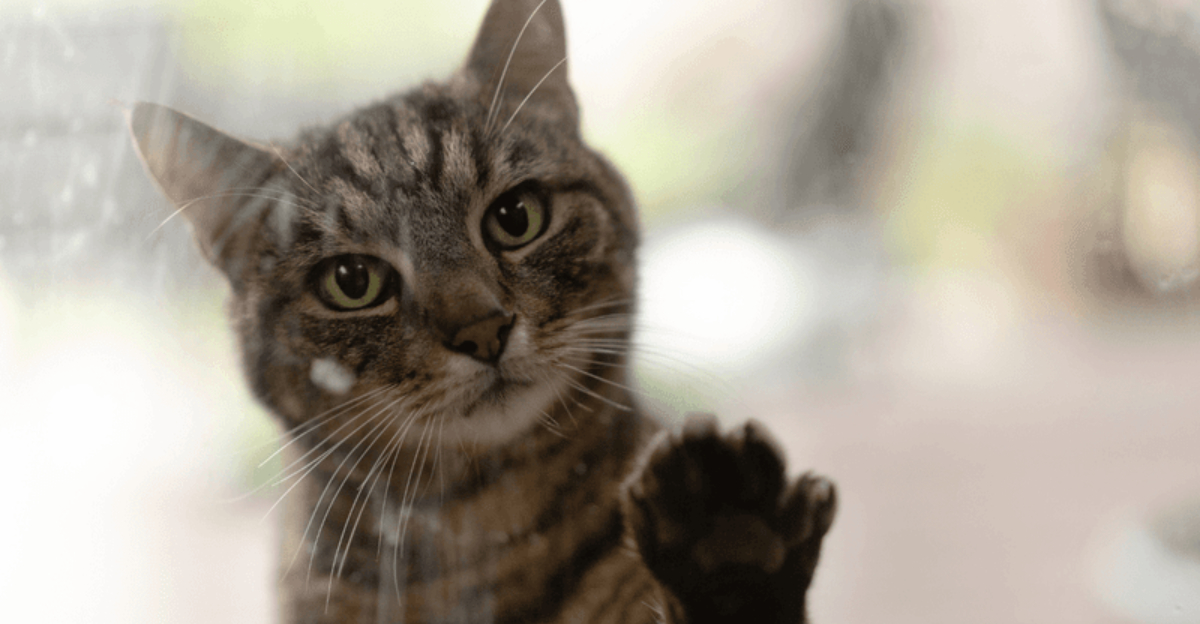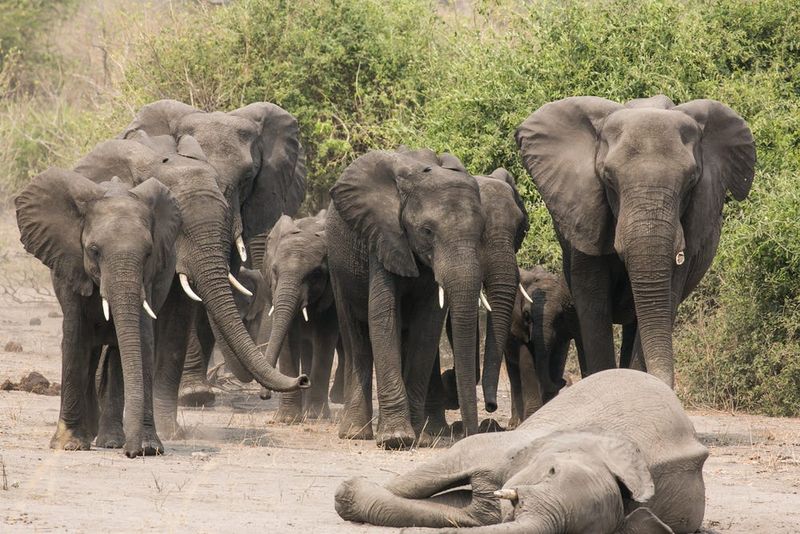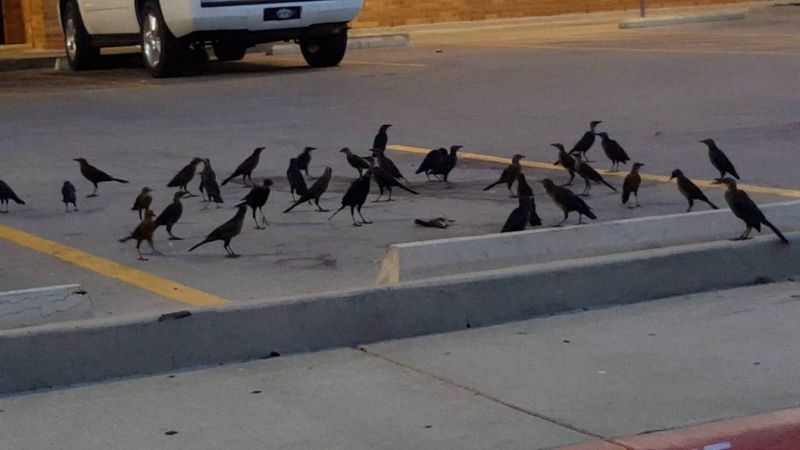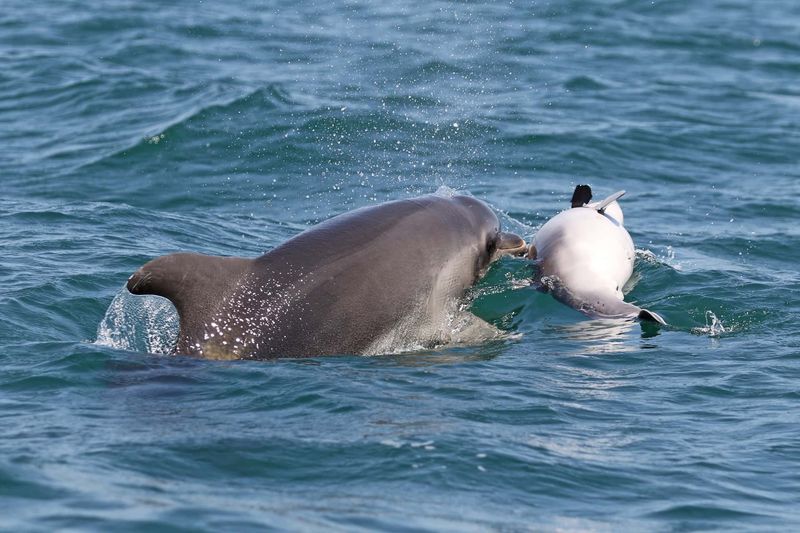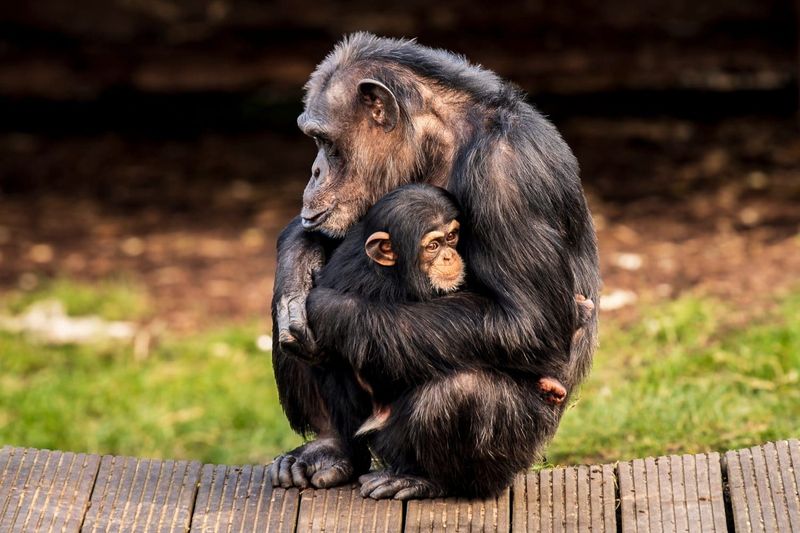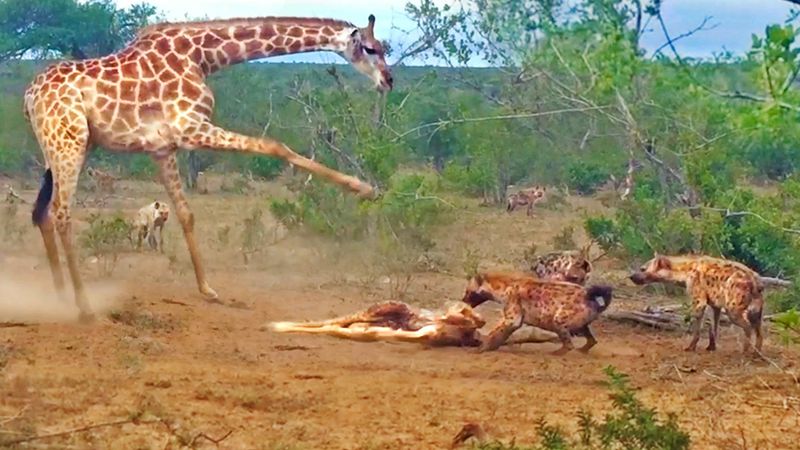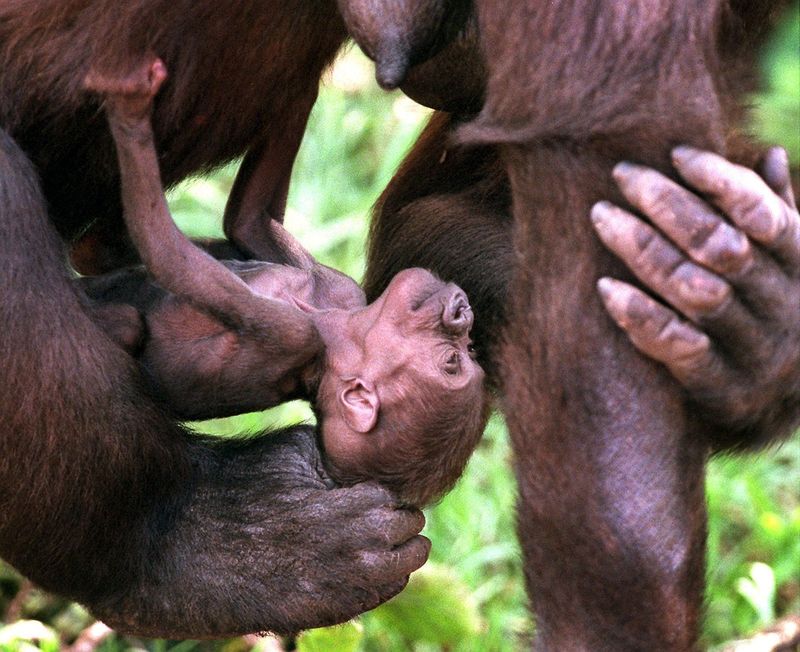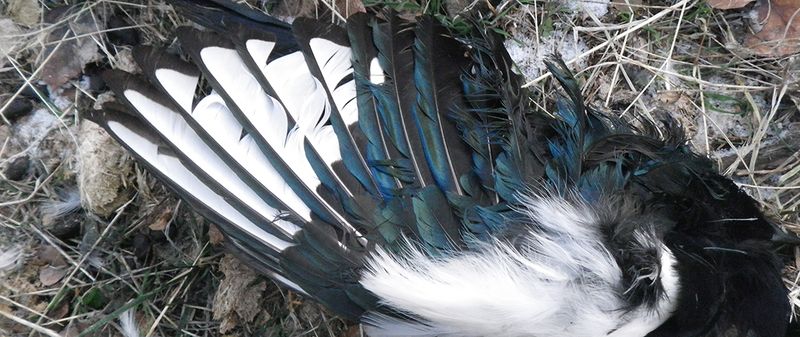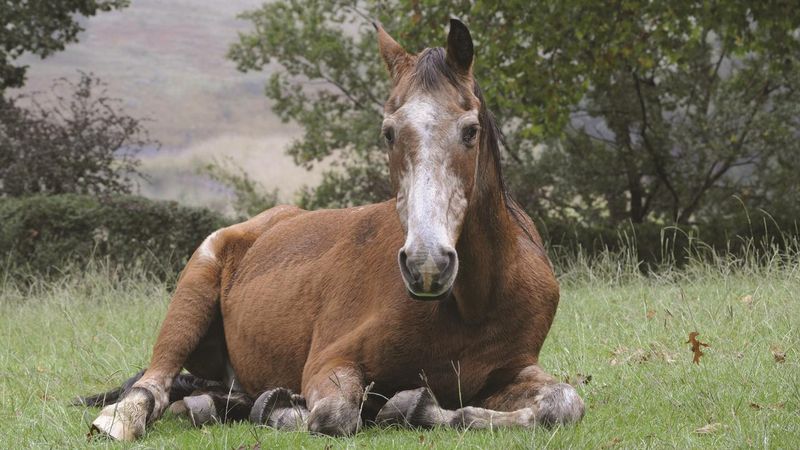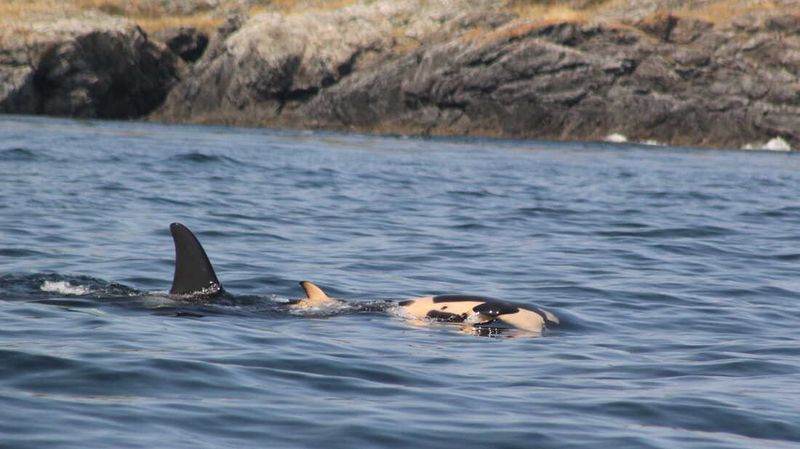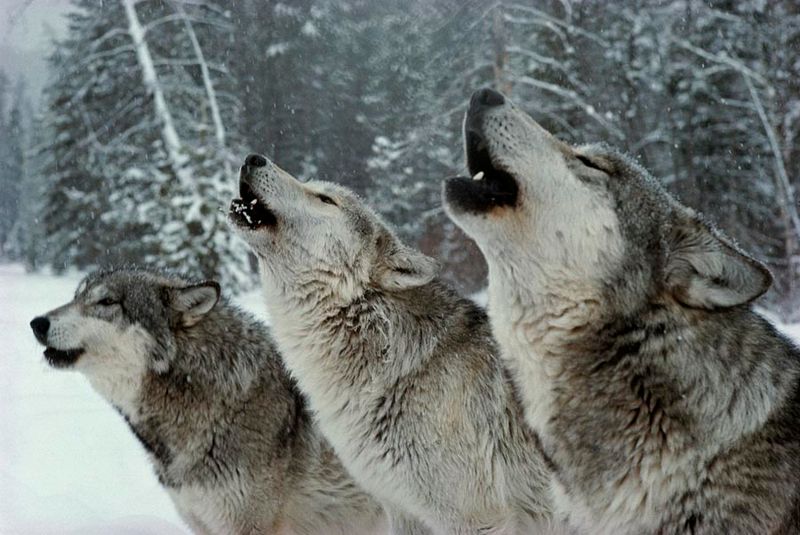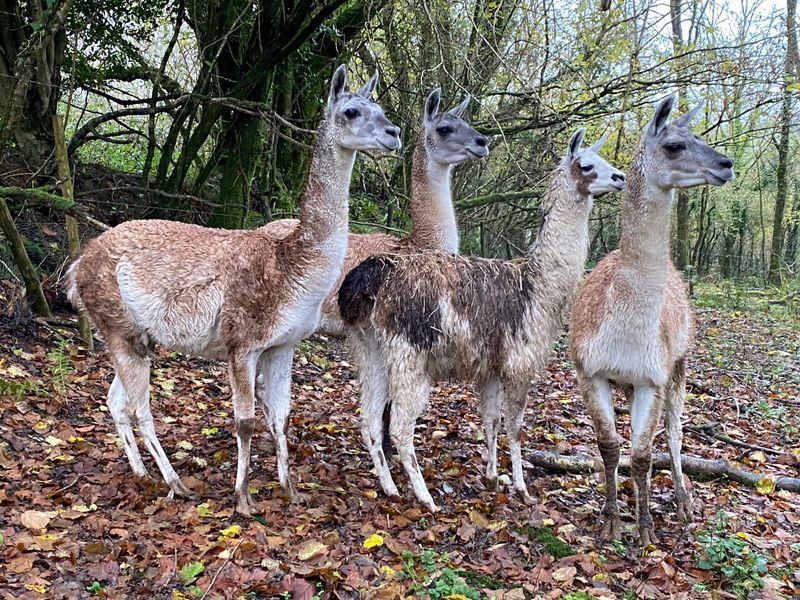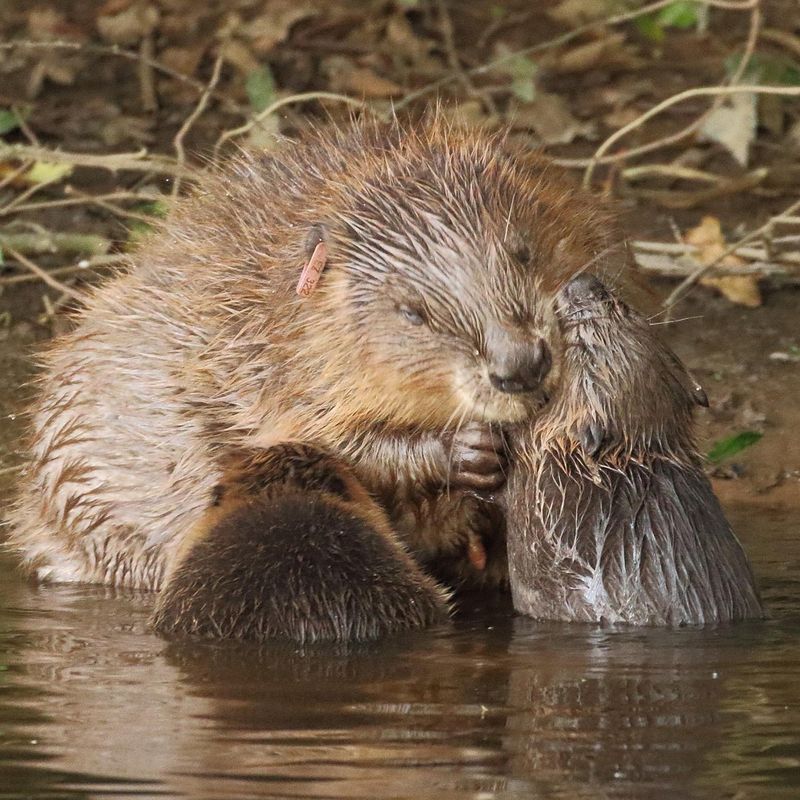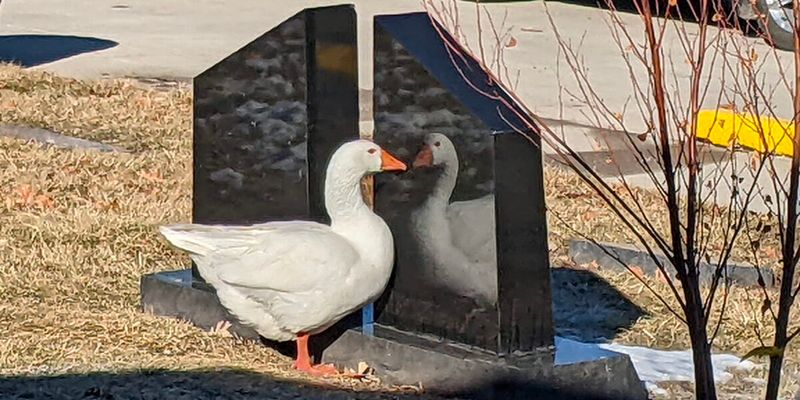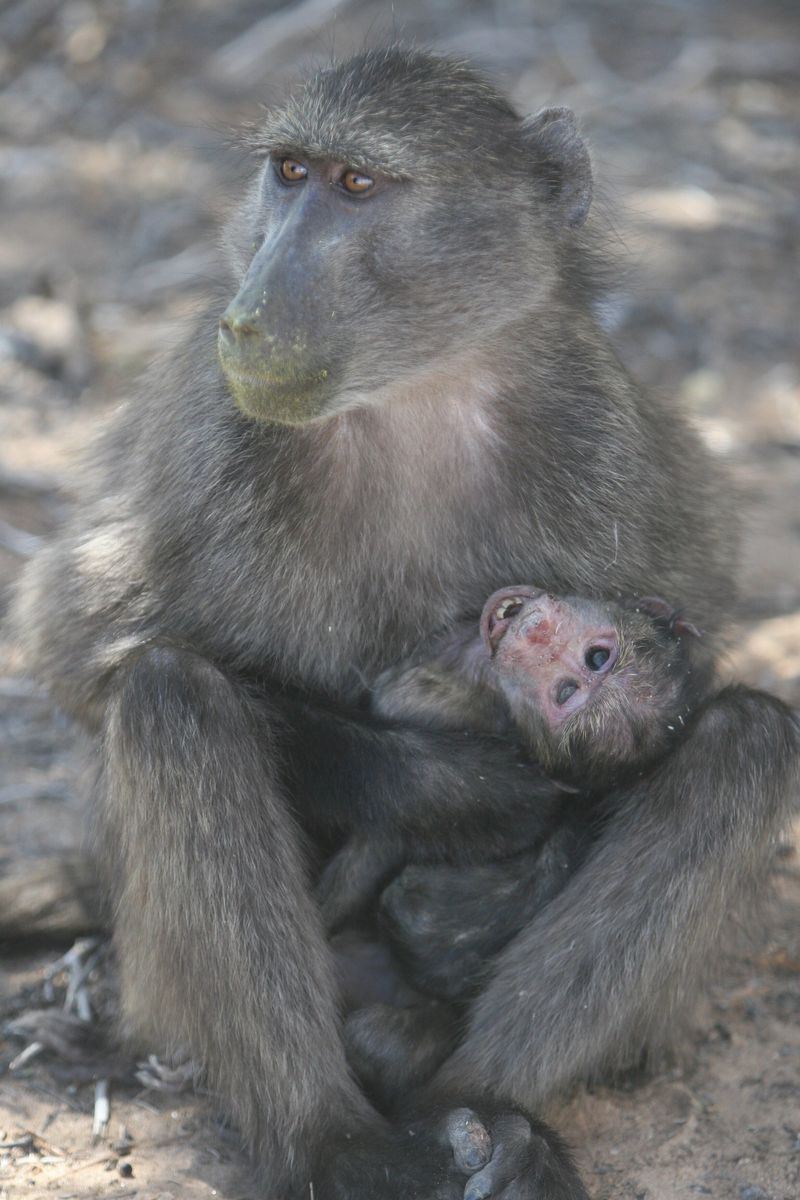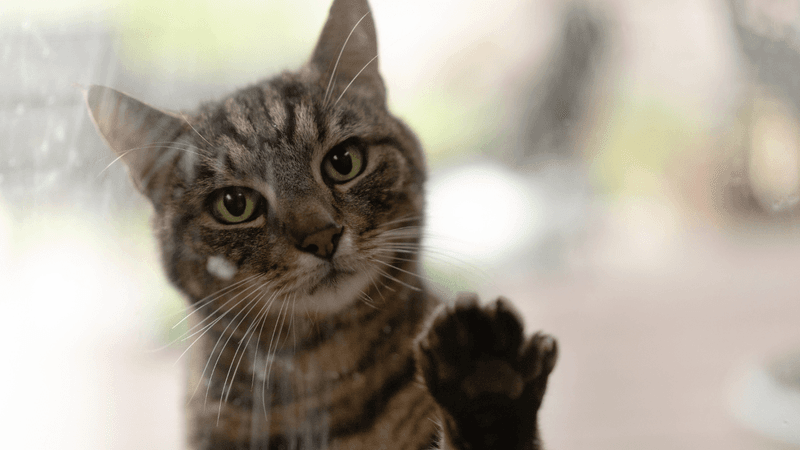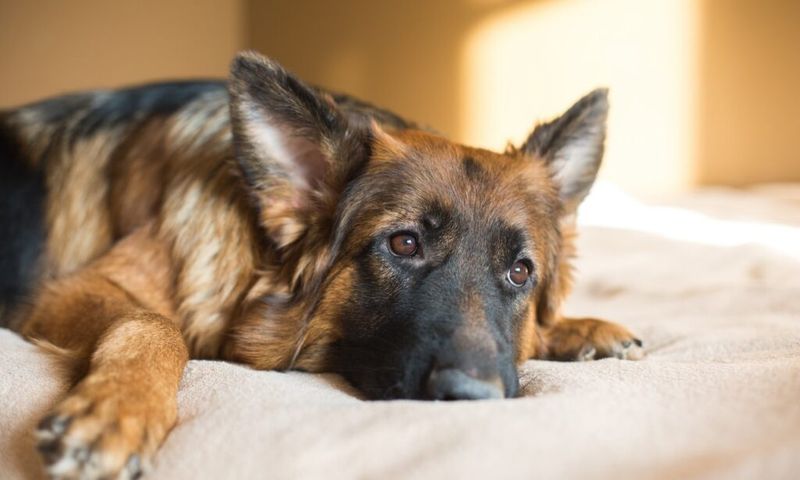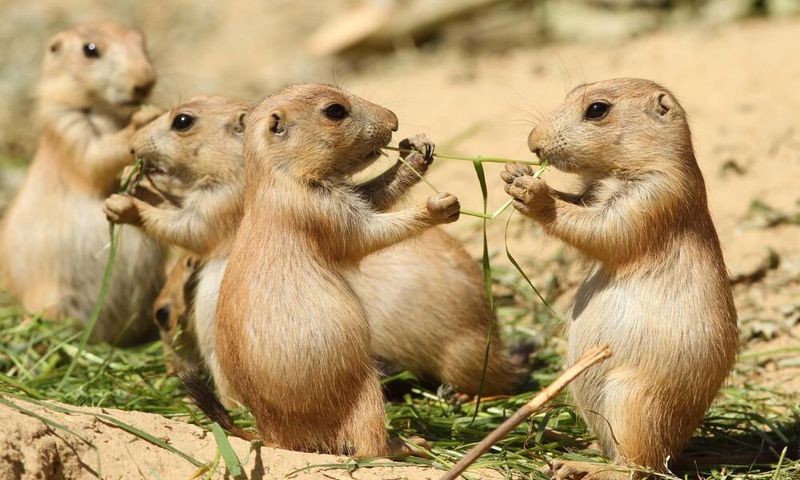📖 Table of Content:
When we think about mourning and grief, we often consider these emotions uniquely human. But throughout the animal kingdom, many species display remarkable behaviors when facing the loss of companions or family members. From elaborate funeral processions to weeks of visible depression, animals process death in ways that might surprise you. The following creatures demonstrate that understanding mortality and experiencing grief may be more widespread than we previously thought.
1. Elephants
Elephants perform elaborate funeral rituals when they encounter the remains of their own kind. They’ll often stand quietly, touching the bones with their trunks, sometimes covering the deceased with branches and dirt.
Family members may stay with their dead for days, periodically returning to the site years later. Scientists have documented elephants becoming highly agitated when finding elephant bones, but showing no interest in other animal remains.
Elephant calves who lose their mothers often show signs of depression and trauma, with some refusing to eat and withdrawing from their social groups for extended periods.
2. Crows
Upon discovering one of their own deceased, crows stage what researchers call “crow funerals.” They circle the body, making loud calls that draw others from miles away. This ritual is less about sorrow and more about gathering crucial knowledge.
The birds study the scene to identify potential dangers that killed their companion. They remember threats with remarkable precision, even recognizing and scolding humans who’ve threatened them previously.
Research shows crows will avoid areas where dead crows have been found for months afterward, demonstrating complex risk assessment and emotional processing that was once thought beyond avian capabilities.
3. Dolphins
Female dolphins have been observed carrying their dead calves for days or even weeks, refusing to let them sink to the ocean floor. This behavior, documented across multiple dolphin species, shows a deep reluctance to accept the death.
Pod members often swim alongside the grieving mother, providing what appears to be social support during her period of mourning. Some dolphins emit distress calls when separated from their deceased companions.
Marine biologists have recorded instances where dolphins form a protective circle around dying pod members, lifting them to the surface so they can breathe—continuing this behavior even after death, in what appears to be denial of the loss.
4. Chimpanzees
Our closest relatives in the animal kingdom display profound grief behaviors. Chimpanzees have been observed grooming their deceased troop members for hours, sometimes removing parasites from the body just as they would for a living companion.
Mother chimps may carry their dead infants for weeks, mummifying in the process. Jane Goodall documented a young male who, after losing his mother, stopped eating and playing, eventually dying of grief.
Some chimps perform what appears to be funeral rituals, placing branches or leaves on bodies. Others become aggressive or withdrawn following a death, showing behavioral changes that mirror human grief responses.
5. Giraffes
Researchers in Zambia observed a female giraffe standing guard over her dead calf for four days, chasing away predators despite the body’s decomposition. This protective behavior continued long after any practical purpose.
Giraffe herds have been documented gathering around a deceased member, nudging the body with their noses and necks as if attempting to rouse it. The animals often return to death sites repeatedly over weeks.
When a mother giraffe loses her calf, she may search for it for days, calling with low moans that other herd members respond to. This coordinated response suggests social acknowledgment of loss in these gentle giants.
6. Gorillas
Gorilla mothers have been observed carrying their dead infants for weeks, grooming and protecting them as if they were still alive. This behavior has been documented in both wild and captive populations, showing the depth of maternal bonds.
Troop members often gather around a deceased gorilla, touching and examining the body. Some refuse to leave the area for days after a death, particularly if the deceased was a dominant silverback or mother.
Koko, the famous gorilla who learned sign language, reportedly expressed sadness after learning about the death of her kitten companion, signing “cry” and “sad” when told the news—suggesting gorillas comprehend the permanence of death.
7. Magpies
These intelligent birds hold what researchers call “magpie funerals” when they find a dead companion. A magpie will gently peck at the deceased bird, then fly off to gather grass and leaves to place around the body in a simple burial ritual.
Other magpies gather around, sometimes standing vigil for over an hour. Scientists have observed them flying away and returning with pine needles and twigs to place on the deceased.
What makes this behavior particularly noteworthy is that magpies are one of the few non-mammal species to recognize themselves in mirrors, suggesting a level of self-awareness that may extend to recognizing death in others.
8. Horses
Horses form deep bonds with their herd members and often show clear signs of distress when separated by death. They may stand over a deceased companion for hours, sometimes nudging the body with their noses or pawing at it.
When a foal dies, mares have been observed circling the body, nickering softly, and showing signs of agitation. Some refuse to leave the area, even when the body is removed.
Stable companions who lose their longtime buddies often display depression symptoms—refusing food, becoming lethargic, or developing repetitive behaviors. Horse owners frequently report that surviving horses will look for their missing companions for days or weeks after a death.
9. Orcas
Female orcas have been documented carrying their dead calves for up to 17 days, pushing them through the water in what researchers call a “tour of grief.” This behavior has been observed across multiple pods in different oceans.
Pod members often slow their swimming pace to match the grieving mother, sometimes taking turns supporting the deceased calf. Scientists believe this shared mourning helps maintain social bonds within the highly intelligent species.
Orcas have complex vocalizations that change after a death, with some pods developing what appears to be a mourning call that’s only used following the loss of a member—suggesting a communal acknowledgment of death.
10. Wolves
Wolf packs respond to the death of a member with noticeable changes in pack dynamics and behavior. The entire pack may howl for days after losing a member, particularly if it was an alpha or pup.
Researchers have observed wolves refusing to eat and becoming withdrawn following the death of a packmate. The social structure often shifts dramatically, with surviving members taking on new roles to fill the gap left by the deceased.
Pack members sometimes visit the site where a companion died for several weeks afterward, sniffing the area and leaving scent markings. This behavior suggests wolves maintain some memory of their lost companions and acknowledge their absence.
11. Llamas
When a llama in the herd dies, the others come together, softly humming in what seems like a mourning ceremony—a behavior that farmers use to help protect their livestock.
The herd often refuses to graze in the area where a death occurred for several weeks afterward. Some llamas develop strong attachments to specific companions and show signs of depression when separated by death.
Farmers report that llamas who lose their bonded partners may stop eating, become aggressive, or develop repetitive behaviors. Some herds create a protective circle around dying members, keeping predators away during their final moments.
12. Beavers
Known for their family bonds, beavers grieve strongly when a family member passes away. Surviving mates, bonded for life, often become less active following their partner’s loss.
Researchers have documented beavers repeatedly visiting the spot where a family member died, touching the area with their paws and making soft vocalizations. Some beaver lodges fall into disrepair after the death of a key family member.
The tight-knit social structure of beaver families means that deaths significantly impact the entire group. Young beavers who lose parents may stop contributing to dam maintenance and show reduced social interactions with remaining family members.
13. Geese
Geese form lifelong pair bonds, and when one partner dies, the survivor often spends days or weeks calling and searching for their mate. Some bereaved geese refuse to find new partners, remaining alone for the rest of their lives.
Flocks have been observed gathering around a dying or dead member, sometimes forming a protective circle. After death, the flock may fly in an incomplete formation, leaving a gap where the deceased would have flown.
Wild goose populations show decreased feeding and increased vigilance behaviors following the death of a flock member. Some geese return to the locations where mates died for several seasons afterward, calling as if expecting their partner to respond.
14. Baboons
After losing an infant, female baboons often carry the body for extended periods, caring for it with grooming despite its decomposition. They maintain normal activities while seemingly struggling to acknowledge the death.
Troop members frequently gather around a deceased baboon, grooming and touching the body. Researchers have documented baboons becoming withdrawn and reducing social interactions after losing a close companion or family member.
Baboon mothers whose infants die show elevated stress hormones for weeks afterward, similar to human grief responses. Some develop stronger bonds with other troop members following a loss, suggesting social support plays a role in baboon grief processing.
15. Cats
Domestic cats often search for missing companions, checking favorite sleeping spots and vocalizing in distinctive ways. Some cats refuse to eat or become withdrawn after losing a feline housemate or human caregiver.
Outdoor cats have been observed bringing prey offerings to the locations where deceased companions were last seen. Multi-cat households frequently experience dramatic behavior changes in surviving cats, including increased attention-seeking or aggression.
Contrary to their aloof reputation, cats form strong social bonds and mourn their losses deeply. Some cats will sleep on items that carry the scent of their deceased companions for months after death, suggesting they maintain some memory of the missing individual.
16. Dogs
After losing a companion, dogs commonly show grief through decreased appetite, fatigue, and longer sleep. They may also search the house thoroughly, revisiting the spots where their friend once rested.
Working dogs show particular distress when their handlers die. Military and police dogs sometimes refuse to work with new handlers after losing their original partner.
The famous story of Hachiko, who waited at a train station every day for nine years after his owner died, demonstrates the depth of canine grief. Scientists have found that dogs experience neurochemical changes similar to humans during grief, including drops in dopamine and increased cortisol levels that can last for months.
17. Prairie Dogs
With their complex social bonds, prairie dogs demonstrate deep emotional responses to death by retrieving deceased relatives and returning them to the burrow system.
Researchers have documented prairie dogs touching noses with deceased colony members before burial. Some prairie dogs produce distinct alarm calls when predators kill a family member, warning others of specific threats.
Colony members who lose close relatives show behavioral changes, including decreased foraging and increased vigilance. Young prairie dogs who lose their mothers are often adopted by aunts or sisters, demonstrating how their social structure adapts to accommodate loss and maintain community stability.
